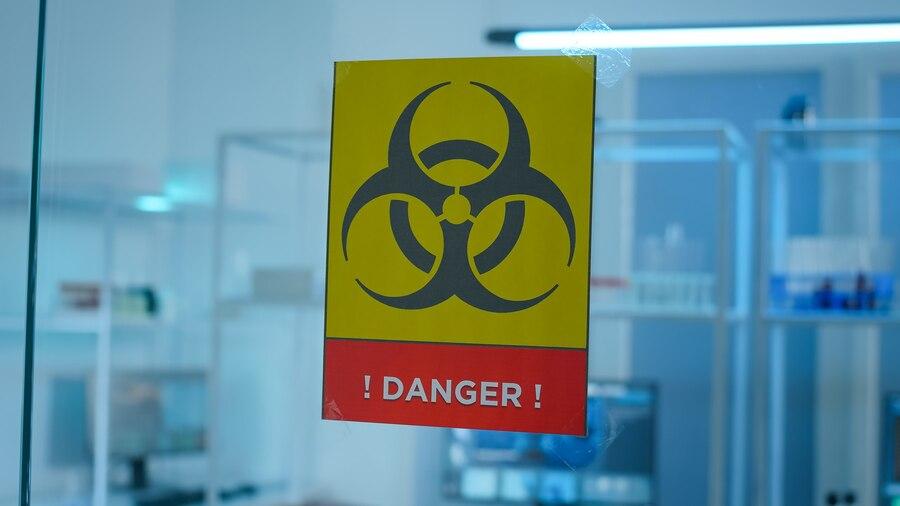Ensuring the safety of workers is paramount in every industry. Certain industries, including gas and oil, pose particular challenges and high risks of explosions. Improperly classified lighting fixtures can ignite a buildup of flammable gases and materials from a stray spark, resulting in an explosion. Therefore, it is crucial to have appropriately designed lighting fixtures in hazardous locations.
Hazardous area lighting is designed to be explosion-proof, containing any sparks or fire that may arise within the device. It plays a vital role in promoting the well-being of a business and, most importantly, its employees.
Facilities:
Numerous facilities and industries fall under one of the three risk levels of hazardous locations that necessitate adequately designed lighting fixtures.
Some of the most common facilities that fall under hazardous locations and require properly designed lighting fixtures include:
Class 1 Flammable Vapor Environment:
- Petroleum and Gasoline Refineries
- Dry Cleaning Plants
- Spray Paint Booths
- Paint Shops and Facilities
- Aircraft Hangars
- Chemical and Utility Gas Plants
- Detergent Manufacturing Plants
- Alcohol Production Facilities
- Textile Dyeing and Printing Plants
- Wastewater Treatment Plants
Class 2 Ignitable Dust Environment:
- Plastic Production Plants
- Pharmaceutical Factories
- Firework Factories
- Coal Mines
- Flour and Feed Mills
- Grain Elevators
Class 3 Combustible Fibers Environment:
- Textile Mills and Cotton Gins
- Cotton Seed Mills
- Flax Seed Processing Plants
- Leather Goods Workshops
- Shoe Manufacturing Plants
- Alcohol Distilleries
Choosing Factors:
A safer lighting fixture is one that lasts longer. When selecting or designing lighting fixtures for hazardous locations, durability must be a top consideration. This includes examining the following characteristics of hazardous area lighting:
- Operating temperature
- IP Rating
- Vibration and impact resistance
- Surge resistance
- Long-lasting LED technology.
An adequately designed and manufactured hazardous location light should be able to withstand constant vibrations and unintended impacts or shocks. Failure to test lighting fixtures for such extreme conditions could result in premature failure of the entire fixture. Therefore, hazardous area lighting must pass a 35-hour vibration test at 2,000 cycles per minute.
In certain hazardous locations, lightning strikes and current surges can pose a costly threat to a facility's lighting systems. To mitigate this risk, hazardous area lighting must be designed with built-in surge suppression, eliminating the need for additional protective devices.
A longer-lasting light is a safer one, especially in hazardous locations that require sturdier lighting fixtures capable of withstanding hazardous materials. As discussed in our previous blog, hazardous location LED lighting enables you to save on maintenance costs while providing a longer-lasting light without compromising the safety of workers. Hazardous location LED lights have fewer components that, when exposed to flammable gases or vapors, could cause or ignite a fire.
Types:
A variety of hazardous area lighting fixtures are available to provide widespread illumination while minimizing risk. Please find below a list of our explosion-proof lighting fixtures and their corresponding applications.
LED high bay lights are ideal lighting fixtures for buildings or areas with high ceilings. They are perfect for hazardous locations as they enhance visibility.
Area lights are primarily used for outdoor lighting and are typically explosion-proof. Area lights can be effectively used in hazardous outdoor areas such as gasoline and oil loading docks, gas stations, oil refineries, and distilleries.
Flood lights are also used for outdoor lighting and provide illumination for large areas while offering superior protection from the elements. Flood lights can be effectively applied in parking lots, warehouses, and loading dock driveways.
Inadequate lighting in hazardous locations can lead to three consequences:
- Safety and security risks
- Penalties for noncompliance
- Diminished durability
Conclusion:
Properly classifying a hazardous environment and understanding its potential dangers is essential for safely lighting such areas. Before selecting any lighting fixtures, it is important to know the facility and identify flammable vapors, ignitable dust, or combustible fibers. This enables us to design lighting that offers a safe and productive working environment.
